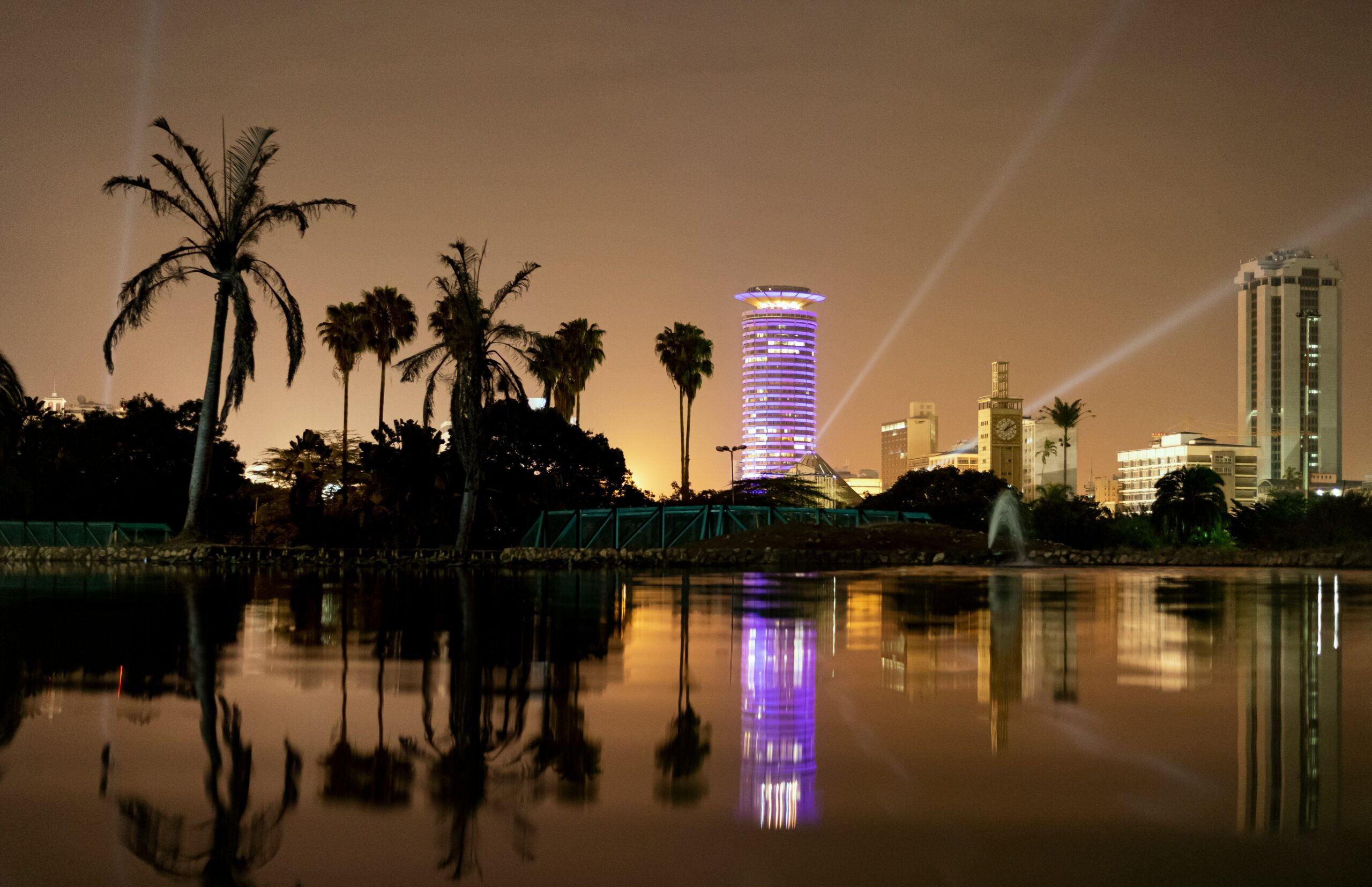What You Should Know About The Construction Boom In East Africa

- April 18, 2022
- 5:02 pm
Kenya is planning to develop four major sectors in the country with the Vision 2030 plan. They include manufacturing, healthcare, food security and affordable housing. Vision Djibouti 2035 aims to make Djibouti a central hub for logistics and commercial trading. Existing Ports and Water harbours will undergo expansion, and new ports and deep-water harbours will be built. Many countries in East Africa are seeking to develop their land and economy by building infrastructure and residential areas. This move is pushing the construction industry to grow exponentially.
East Africa accounts for 40.3% of construction projects in Africa, according to construction trend reports in 2019. With government aid and investments from international firms, the construction industry is expected to grow by an average of 7.5% during the forecast period of 2020 to 2027. Population growth and infrastructure gaps are the two major forces pushing the industry to boom in East Africa. Due to large reserves of natural resources, favourable economic policies and cheap labour, the construction sector will be a favourable option for many big global economies and firms who are looking to invest.
The most valuable construction project in East Africa is the Likong’o–Mchinga LNG project in Tanzania. The expected cost of the project is USD 30 billion and is the most expensive LNG plant in the country. Construction for this is anticipated to start in 2022 and completed by 2028. The Bagamoyo Mega Port is another mega project in Tanzania. It is valued at USD 10 billion and is expected to be the largest port in East Central Africa. Construction for this project is currently halted due to a few issues. The Standard Gauge Railway Project in Kenya is a Railway Project connecting Kenya, Uganda, Rwanda and South Sudan. It is approximately estimated to be USD 5.2 billion. The first construction plan for Mombasa to Nairobi has been completed, while the second plan for Nairobi to Naivasha is continuing.
A Crude oil export pipeline is being constructed between Kabaale of Uganda and Chongoleani of Tanzania. The 1,445km project is expected to be the world’s longest heated crude oil export pipeline. East African crude oil export pipeline (EACOP) is a USD 3.5 billion joint project between the governments of Uganda and Tanzania. It is estimated to have an export flow of 216,000 barrels a day. Dams and solar power plants are being constructed across various areas of East Africa to provide clean energy. Projects like the Tams Hydropower project and Koysha Hydroelectric in Ethiopia will supply energy to many regions that experience shortages.
The construction industry in East Africa is changing the landscape for many countries in the region. They are providing stable jobs and employment opportunities, and affordable housing. The market for the construction industry is less competitive and provides opportunities for international firms to easily invest in projects. With many innovative initiatives, there is a potential for the construction industry to thrive.
East Africa accounts for 40.3% of construction projects in Africa, according to construction trend reports in 2019. With government aid and investments from international firms, the construction industry is expected to grow by an average of 7.5% during the forecast period of 2020 to 2027. Population growth and infrastructure gaps are the two major forces pushing the industry to boom in East Africa. Due to large reserves of natural resources, favourable economic policies and cheap labour, the construction sector will be a favourable option for many big global economies and firms who are looking to invest.
The most valuable construction project in East Africa is the Likong’o–Mchinga LNG project in Tanzania. The expected cost of the project is USD 30 billion and is the most expensive LNG plant in the country. Construction for this is anticipated to start in 2022 and completed by 2028. The Bagamoyo Mega Port is another mega project in Tanzania. It is valued at USD 10 billion and is expected to be the largest port in East Central Africa. Construction for this project is currently halted due to a few issues. The Standard Gauge Railway Project in Kenya is a Railway Project connecting Kenya, Uganda, Rwanda and South Sudan. It is approximately estimated to be USD 5.2 billion. The first construction plan for Mombasa to Nairobi has been completed, while the second plan for Nairobi to Naivasha is continuing.
A Crude oil export pipeline is being constructed between Kabaale of Uganda and Chongoleani of Tanzania. The 1,445km project is expected to be the world’s longest heated crude oil export pipeline. East African crude oil export pipeline (EACOP) is a USD 3.5 billion joint project between the governments of Uganda and Tanzania. It is estimated to have an export flow of 216,000 barrels a day. Dams and solar power plants are being constructed across various areas of East Africa to provide clean energy. Projects like the Tams Hydropower project and Koysha Hydroelectric in Ethiopia will supply energy to many regions that experience shortages.
The construction industry in East Africa is changing the landscape for many countries in the region. They are providing stable jobs and employment opportunities, and affordable housing. The market for the construction industry is less competitive and provides opportunities for international firms to easily invest in projects. With many innovative initiatives, there is a potential for the construction industry to thrive.
Step Alliance Group is actively involved in developing projects across multiple sectors in Kenya, Rwanda, Uganda and Tanzania. Get in touch with us to discuss your requirements.